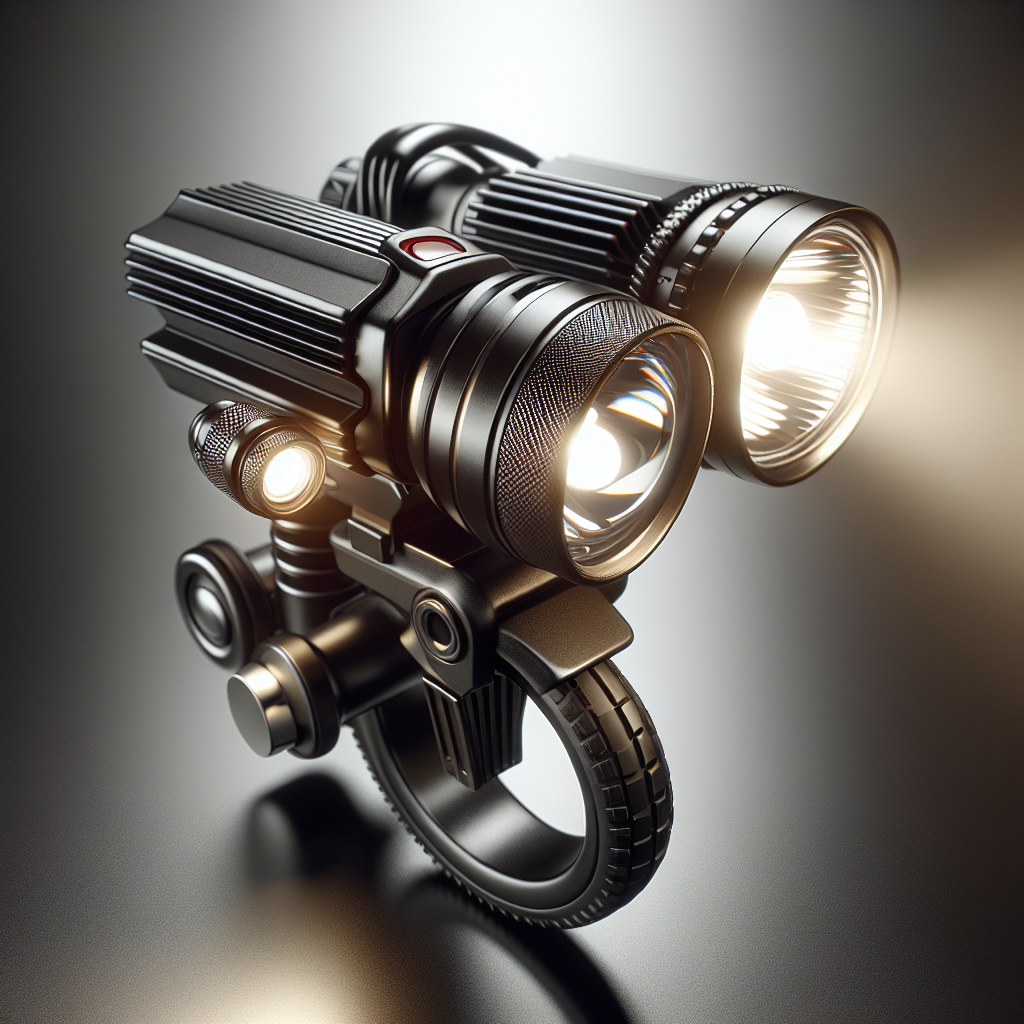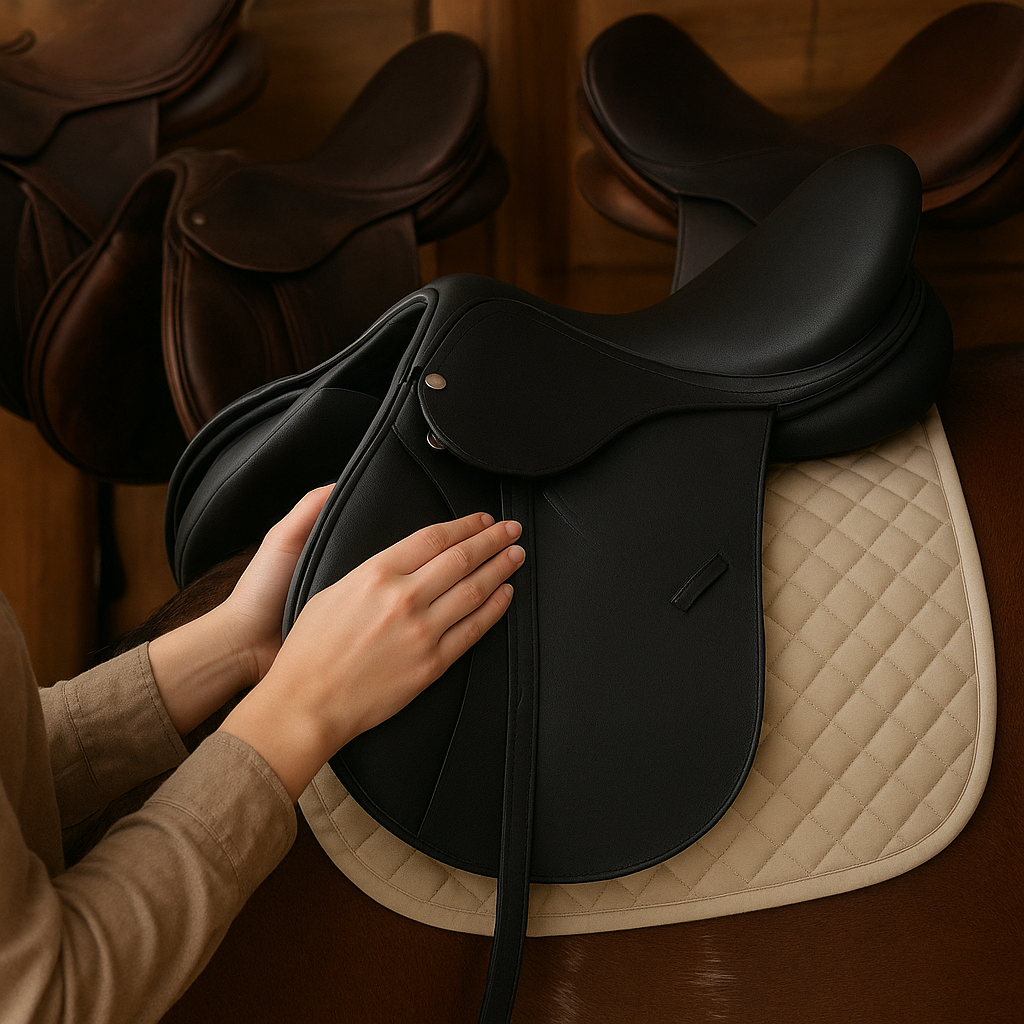
Bike lights are essential for safe night riding, providing visibility to the rider and making the cyclist more visible to others on the road. This article explores various front and rear bike light options, discussing their features, benefits, and how to choose the best ones for your needs.
Front Bike Lights: Illuminating Your Path
Front bike lights are crucial for illuminating the path ahead, helping riders navigate through dark streets, trails, and other low-light environments. These lights come in various types, each offering different levels of brightness, battery life, and mounting options. Here, we will delve into the key features to consider when selecting a front bike light.
Brightness and Beam Pattern
The brightness of a front bike light is measured in lumens, with higher lumens indicating a brighter light. For urban commuting, a light with 200-500 lumens is typically sufficient. However, for off-road or rural riding, a light with 800-2000 lumens may be necessary to ensure adequate visibility. Additionally, the beam pattern plays a significant role in how the light is distributed. A wide beam pattern is ideal for illuminating a broad area, while a focused beam is better for long-distance visibility.
Battery Life and Charging Options
Battery life is another critical factor to consider. Most front bike lights use rechargeable batteries, with USB charging being the most common method. Some lights offer quick charging features, allowing you to recharge the battery in a short amount of time. It’s essential to choose a light with a battery life that matches your riding habits. For instance, if you frequently go on long rides, opt for a light with a longer battery life or one that allows for easy battery swaps.
Mounting and Adjustability
The mounting system of a front bike light should be secure and easy to use. Many lights come with adjustable mounts that can fit various handlebar sizes. Some advanced models offer quick-release mounts, allowing you to easily remove the light when not in use. Additionally, consider lights with adjustable angles, so you can direct the beam where it’s needed most.
Rear Bike Lights: Enhancing Your Visibility
Rear bike lights are designed to make you more visible to drivers and other road users from behind. These lights are typically red and can be set to various modes, such as steady, flashing, or pulsating. In this section, we will explore the essential features of rear bike lights and how to choose the best one for your safety.
Brightness and Visibility
While rear bike lights don’t need to be as bright as front lights, they still need to be visible from a considerable distance. A rear light with 50-100 lumens is generally adequate for urban riding. For rural or poorly lit areas, a brighter light may be necessary. The visibility of the light can also be enhanced by using reflective materials on your bike or clothing.
Light Modes and Patterns
Most rear bike lights offer multiple modes, including steady, flashing, and pulsating. Flashing modes are particularly effective for catching the attention of drivers, while steady modes provide a constant light source. Some lights also offer unique patterns, such as wave or strobe effects, to further enhance visibility. It’s beneficial to choose a light with multiple modes so you can adjust it based on your riding environment.
Mounting Options and Durability
Rear bike lights can be mounted in various locations, such as the seat post, rear rack, or even on your helmet. Ensure that the mounting system is secure and compatible with your bike. Durability is also a crucial factor, as rear lights are exposed to road debris, water, and other elements. Look for lights with water-resistant or waterproof ratings to ensure they can withstand different weather conditions.
Additional Considerations for Bike Lights
When choosing bike lights, there are several additional factors to consider to ensure you get the best performance and value for your money. These include the light’s weight, ease of use, and any extra features that may enhance your riding experience.
Weight and Portability
The weight of the bike light can affect your ride, especially if you are a performance-oriented cyclist. Lightweight lights are generally preferred as they add minimal weight to your bike. However, ensure that the light’s weight does not compromise its durability or battery life. Some compact lights offer excellent brightness and battery life while being lightweight and portable.
Ease of Use
Bike lights should be easy to operate, even while riding. Look for lights with intuitive controls, such as single-button operation or touch-sensitive switches. Additionally, consider lights with memory functions that remember your last used mode, so you don’t have to cycle through all the modes each time you turn it on.
Extra Features
Some bike lights come with additional features that can enhance your riding experience. For example, lights with built-in sensors can automatically adjust brightness based on ambient light conditions. Others may offer Bluetooth connectivity, allowing you to control the light via a smartphone app. While these features are not essential, they can provide added convenience and functionality.
Conclusion
Choosing the right bike lights is crucial for safe night riding. Front bike lights should provide adequate illumination for your path, while rear lights should ensure you are visible to others on the road. Consider factors such as brightness, battery life, mounting options, and additional features when selecting your lights. By investing in high-quality bike lights, you can enjoy a safer and more enjoyable riding experience, regardless of the time of day.

